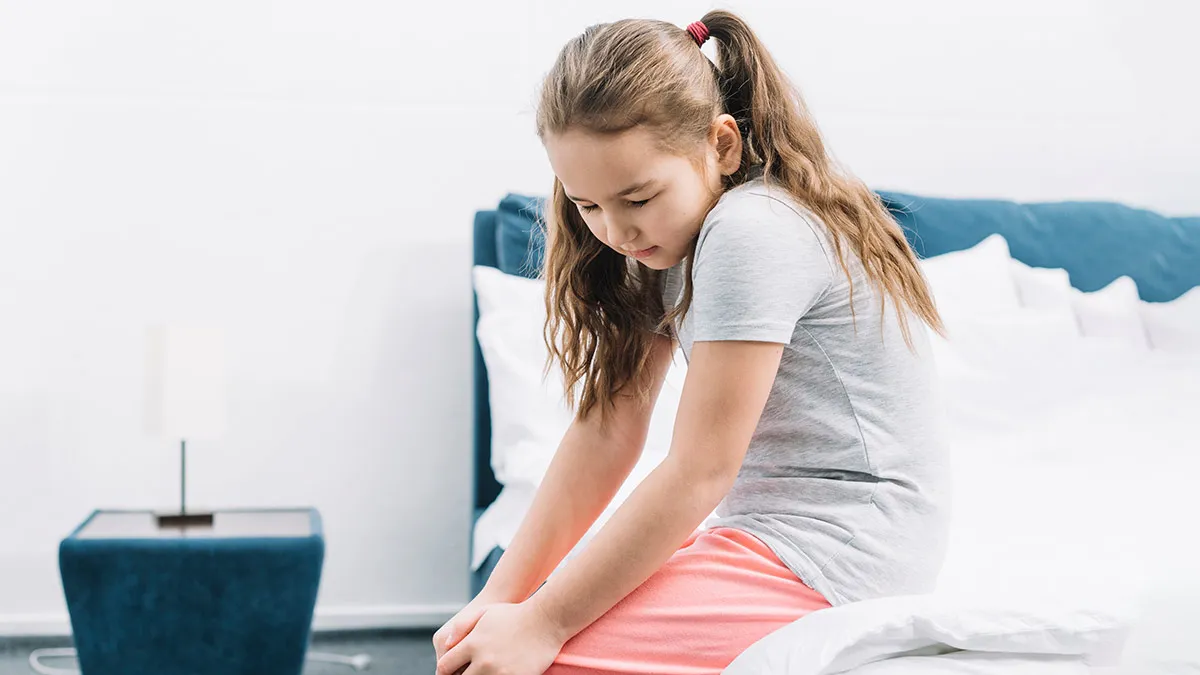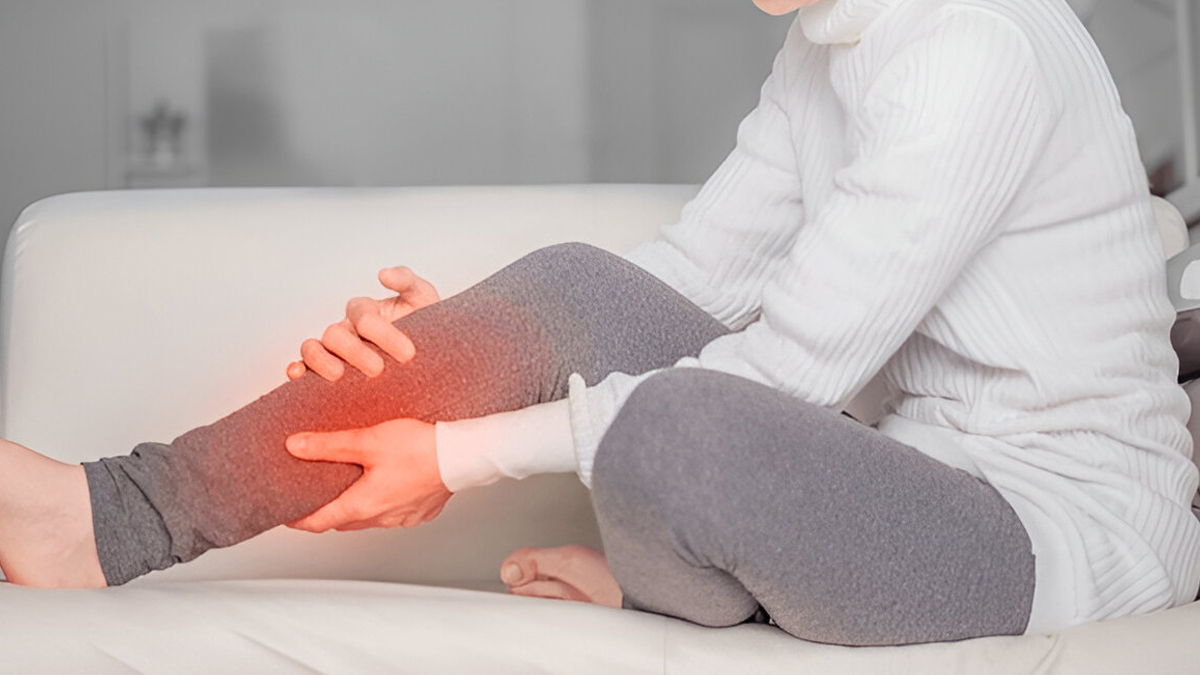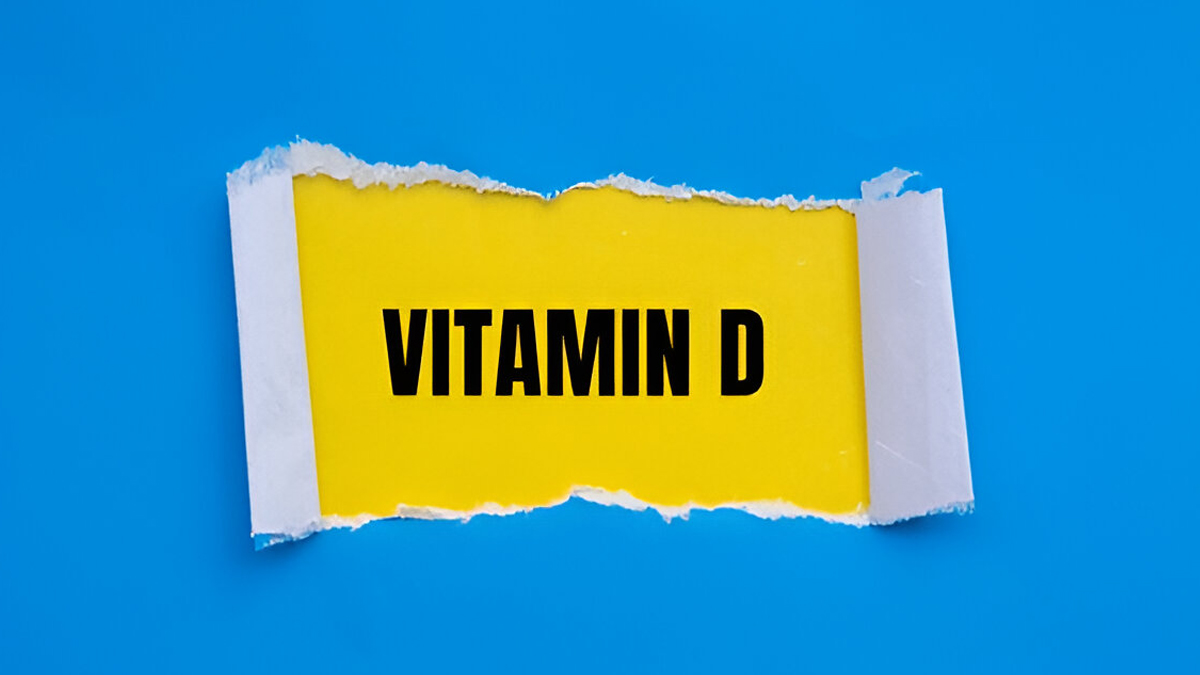
If you're a parent, chances are you’ve seen your child suddenly complain of leg pain, especially at night or sometimes after a day of running around or a dance class. You rub their calves, give them warm compresses, and by morning, they are fine again. Most of the time, it’s nothing to worry about — just a classic case of 'growing pains.' But what if the pain doesn’t go away, seems unusual, or starts interfering with your child’s daily activities? How do you know when to shrug it off and when to seek medical help?
Table of Content:-
We spoke to Dr Saraswati V, Consultant - Paediatrician Orthopaedics, Gleneagles BGS Hospital, Kengeri, Bengaluru, who explained how growing pain in children may be a warning sign.
From the time of birth till skeletal maturity, which is a few years after puberty, the skeletal system undergoes a lot of changes. Bones not only lengthen to double or triple their original size at birth, but they also increase in girth, providing a strong skeletal framework for the body.
What Are Growing Pains?

“Growing pains are muscle aches, not actual pain in the bones, that usually affect the lower limbs. They commonly appear around periods of rapid growth and are most often seen in active kids involved in sports or dance,” said Dr Saraswati.
- Where it hurts: Typically around the calves or thighs
- When it happens: Mostly in the evening or at night
- How it feels: Dull, aching pain that improves with rest or massage
- Duration: Can last for weeks or even months
- What helps: Warm compresses, gentle massage, hydration, good nutrition, and proper warm-up/cool-down routines
These symptoms are typically bilateral (both legs) and resolve by the next morning without any major intervention. Scans and blood work are not normally needed if the symptoms are in this classic pattern.
Also Read: Why Your Child Complains of Leg Pain at Night and When to Worry, Know All About Growing Pains
When It's Not Just Growing Pains
Not every ache is part of growing up. Sometimes, bone pain in children can be a sign of something more serious. Here are some red flags that signal a need for further medical evaluation, as per the expert:
- The child has weight loss, tiredness, and weakness
- Children have pain in their arms, back, and other regions also
- Pain is present throughout the day
- Associated with swelling and pain in the joints
- Child refuses to participate in activities due to pain
- Only one side of the pain
- History of trauma or injury
- Recent history of viral illness/fever/rashes
When a child comes with any of the above symptoms or other atypical symptoms, a thorough clinical examination and other investigations, such as blood tests and scans, are required.
Conditions That Mimic Growing Pains

1. Vitamin D Deficiency
A deficiency of Vitamin D can present with pain similar to growth pain. These children often have pain in other regions, such as the back and arms. Assessing the cause of the deficiency and correcting it is important to manage the condition.
2. Post-Viral Joint Pain
Post-viral muscle and joint pain can be associated with pain and swelling in the joints and tiredness, and needs proper assessment and nutritional and physical therapy support to recover.
3. Trauma or Injury
A child with a history of trauma and unilateral involvement needs to be carefully examined for any bony injuries/infections/tumours. These children will require X-rays to help in making a diagnosis and may also require scans, such as an MRI, if symptoms persist.
4. Inflammatory or Rheumatological Conditions
Sometimes the child may have more pain in the morning, and the intensity decreases as the day progresses. This is usually suggestive of rheumatological or inflammatory conditions, and pain is localised to the joints, rather than muscles. The child needs to be evaluated for inflammation with blood tests, and appropriate medications need to be started to reduce inflammation.
5. Blood Cancers (Leukaemia)
Though extremely rare, bone can be one of the earliest symptoms of blood cancers(leukaemia) in children. Significant weight loss, easy fatiguability and loss of appetite with recurrent infections are associated features, and these children need specific blood tests to diagnose the condition.
Also Read: Adam’s Forward Bend Test: How It Works To Detect Spine Issues In Children
Don’t Overlook Mental Health
Not all pain is physical. Sometimes, what looks like physical discomfort might be a reflection of emotional distress, especially if the child resists school attendance, is not interested in play, or provides unreliable descriptions of his/her pain. Bullying, fear, or isolation could present as nonspecific symptoms. Communication with the child, understanding his/her emotional world, and creating a supportive environment can work wonders.
Bottomline
Dr Saraswati concluded, "While most bone pain in kids is harmless and part of growing up, it’s important to stay alert to signs that don’t quite fit the usual 'growing pains' picture. If anything feels off, trust your gut and get a professional opinion. Every child is different, and catching issues early can make all the difference."
[Disclaimer: This article contains information provided by an expert and is for informational purposes only. Hence, we advise you to consult your professional if you are dealing with any health issue to avoid complications.]
Also watch this video
How we keep this article up to date:
We work with experts and keep a close eye on the latest in health and wellness. Whenever there is a new research or helpful information, we update our articles with accurate and useful advice.
Current Version